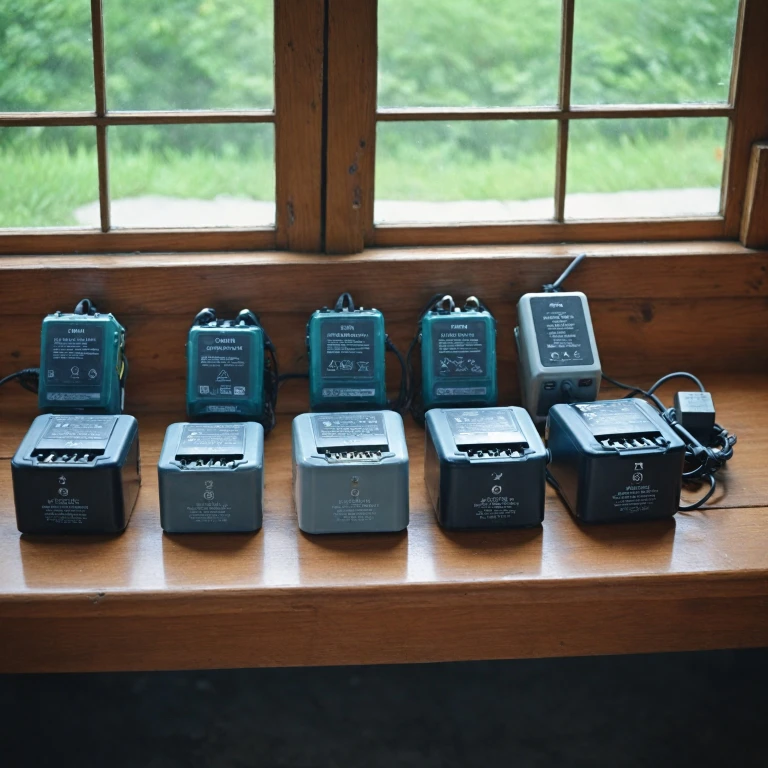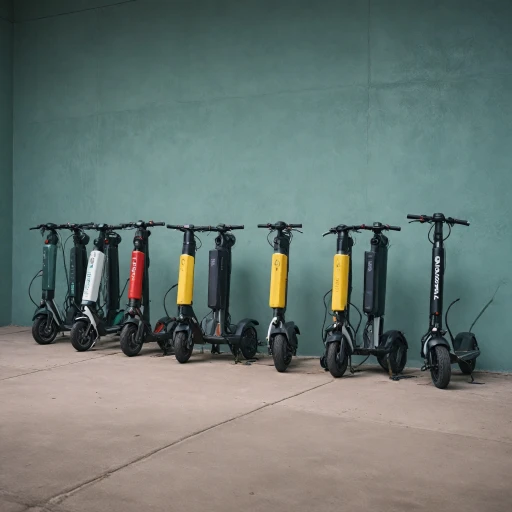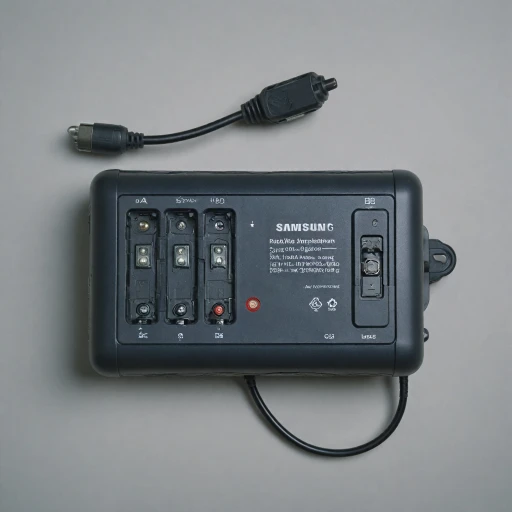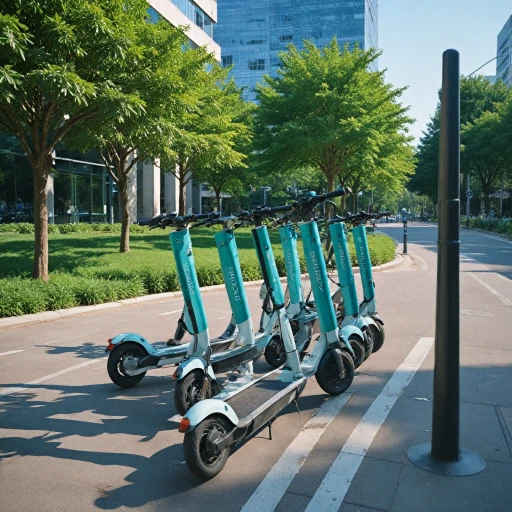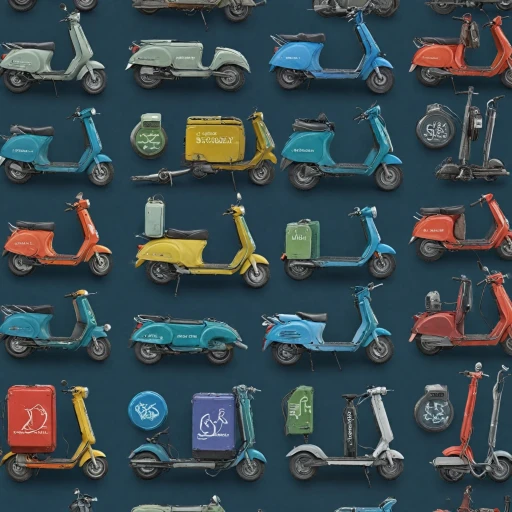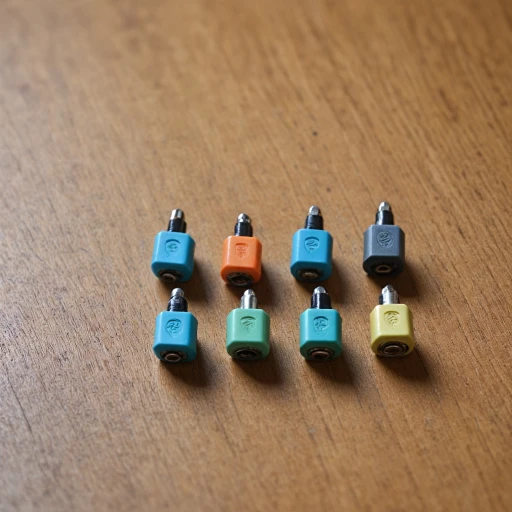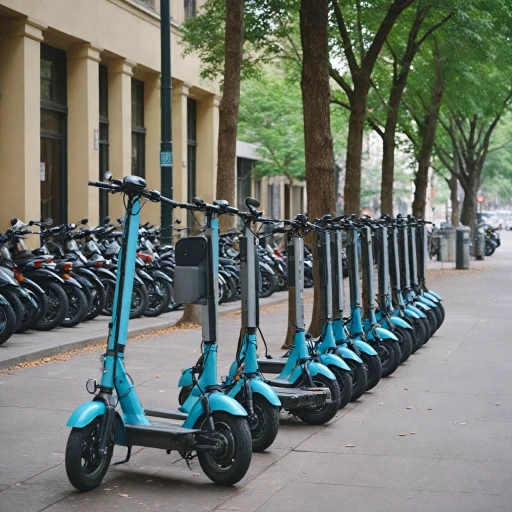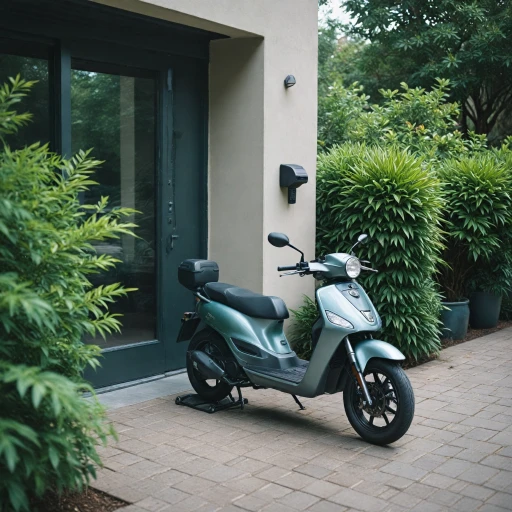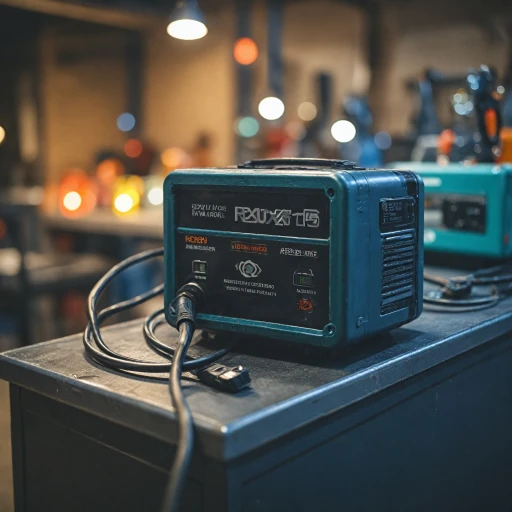The Role of E-Scooter Battery Chargers
The Importance of Chargers for Scooters
Electric scooters, much like ebikes and electric bikes, rely heavily on battery packs to keep them moving. Chargers are the lifeline of these battery-powered scooters, playing a critical role in maintaining their functionality and performance. An efficient scooter charger ensures that your lithium ion battery, whether for a Razor scooter or any other product, receives the proper amount of power ensuring optimal performance and lifespan. E-scooter battery chargers serve multiple purposes:- Powering Your Ride: At the core, the charger is responsible for supplying the necessary power to your scooter’s battery. Without a reliable charger, your scooter could be left inactive for prolonged periods.
- Extending Battery Life: A good charger can significantly enhance the longevity of your battery. By preventing overcharging and managing temperature effectively, it helps in prolonging battery life.
- Promoting Safe Usage: Ensuring the correct charger is used minimizes the risk of overheating or damage to the battery components, maintaining the safety of your ride.
Types of E-Scooter Battery Chargers
Exploring Different E-Scooter Battery Charger Options
Understanding the types of e-scooter battery chargers available is crucial for ensuring the longevity and efficiency of your scooter's battery. With advancements in technology, the market offers a variety of chargers designed to meet different needs, which can impact both the performance and lifespan of your scooter.- Standard Chargers: These are the most common type, widely used with many electric scooters. Standard chargers can be straightforward and budget-friendly, but they usually take longer to fully charge the battery compared to more advanced options.
- Fast Chargers: For those who prioritize speed, fast chargers reduce charging time significantly. They are ideal for users who need their scooters frequently and can’t afford long downtime. However, frequent use may increase wear on the battery, affecting its overall lifespan.
- Smart Chargers: These intelligent products are designed to optimize charging by automatically adjusting the power output. Smart chargers offer efficiency and safety by preventing overcharging and extending battery life. They are a bit more expensive but save on battery wear and tear over time.
- Universal Chargers: As the name suggests, these chargers can be used across different brands and models of scooters. While convenient, it’s crucial to ensure compatibility with your scooter's battery specifications to avoid any damage.
- Travel Chargers: Compact and lightweight, travel chargers are great for those on the go. These chargers ensure you have a reliable power source wherever you are, but may not offer the rapid charging capabilities found in larger models.
How to Choose the Right Charger for Your E-Scooter
Considerations for Choosing Your Charger's Perfect Match
Selecting the right charger for your electric scooter involves various steps, tailored to the specific requirements of your scooter's battery. First and foremost, consider the battery type your scooter utilizes. Most modern scooters employ lithium-ion batteries due to their efficiency and long lifespan. Hence, finding a charger designed for lithium-ion batteries ensures the longevity and proper functioning of both the battery and the charger.
Another pivotal aspect is the voltage compatibility. Ensuring that the charger's output voltage matches the scooter battery voltage prevents overcharging or undercharging. Chargers typically come labeled with their output specifications, so it's essential to double-check these details.
Don't ignore the charger's current output. Higher current output chargers can reduce charging time but might influence the battery's lifespan. For scooters with a 24V battery, a charger specifically built to handle such configurations is ideal. You might find this guide on wiring a 24V battery for your electric scooter useful when shopping for chargers.
Consider the brand and quality of the product. Trusted brands often offer better reliability and warranties. While price plays a role, it should be weighed against factors like quality, durability, and the potential long-term costs of replacing or repairing a substandard charger.
For online shoppers, options like free shipping might sway your decision, but always ensure it doesn't come at the cost of receiving subpar components. Lastly, some modern chargers offer smart features, providing insights into charging status and optimizing power usage for different scooter parts. These features might enhance convenience for regular users.
Maintenance Tips for E-Scooter Battery Chargers
Maintenance Practices to Extend Battery Charger Life
To ensure your electric scooter remains powered and functional, maintaining your battery charger is critical. A well-maintained scooter charger not only extends the life of your battery but also improves the efficiency of your charging sessions. Here are some crucial tips:- Regular Inspection: Routinely check your charger for any visible damage. Ensure that the cords, connectors, and the overall structure are intact. Monitor for frays, cracks, or unusual signs of wear that could impact performance.
- Cooling Considerations: Chargers generate heat during operation, so it's pivotal to keep them in a well-ventilated area. This minimizes the risk of overheating which can damage internal parts and compromise safety.
- Correct Storage: When not in use, store your charger in a dry, cool place away from direct sunlight or extreme temperatures. A consistent environment helps maintain the charger's integrity over time.
- Keep it Clean: Dust and debris can affect the connections and overall functionality of the charger. Use a dry cloth to wipe down the charger regularly, ensuring that ports and plugs remain clear.
- Avoid Overcharging: Even the best chargers can suffer from constant overuse. Disconnect the charger once your electric scooter reaches full battery capacity to prevent strain on both the battery and the charger.
Safety Considerations When Using E-Scooter Chargers
Prioritizing Safety While Charging Your Electric Scooter
When it comes to electric scooters, safety should always be top of mind, especially during the charging process. It's essential to follow best practices to ensure not only the longevity of your scooter's battery but also to prevent potential hazards.- Use Compatible Chargers: Always ensure that the charger you use is compatible with your electric scooter's battery specifications. Using the wrong charger can lead to battery damage or even cause a fire hazard. Matching the charger to the scooter's power needs, whether lithium or another type, is critical.
- Avoid Overcharging: It's crucial not to leave your scooter plugged into the charger for longer than necessary. Overcharging your lithium-ion battery can degrade its capacity, reducing the battery's overall lifespan. Utilize smart chargers if possible, as these allow for auto shut-off when the battery is fully charged.
- Charge in a Safe Environment: Ensure that your charging space is dry, well-ventilated, and free from any flammable objects. Charging your scooter in extreme temperatures (hot or cold) can negatively impact the battery's performance and safety.
- Inspect the Charger and Battery: Regular inspection of your charging equipment for any wear or damage is crucial. Look for frayed wires or any unusual signs on the battery pack. If you spot any issues, it's time to shop products for replacement parts or seek professional assistance.
Troubleshooting Common Charger Issues
Tackling Common E-Scooter Charger Challenges
Even with the right charger and proper maintenance, electric scooter battery chargers can still face issues. Here’s a look at some common problems and practical solutions:
- Charger Not Turning On: If your scooter charger isn’t powering up, check the power outlet. Confirm it's working by plugging in another device. Also, inspect the charger’s power cord and connections for any signs of damage or loose parts.
- Battery Not Charging: Sometimes, the battery itself may be the issue. Ensure the battery pack is properly connected. If your battery is lithium ion, make sure it hasn’t been completely discharged for a long period, as lithium batteries can suffer from prolonged discharge.
- Overheating Charger: It’s normal for chargers to warm up during use, but excessive heat can be a problem. This could point to poor ventilation. Make sure your charger is on a flat surface with good airflow when charging your scooter or ebike battery.
- Inaccurate Charging Time: If your battery lithium is taking longer to charge than usual, check the charger's specifications. Consider the difference in power output, especially when dealing with different types of chargers. The charge time may vary if you’ve recently switched to a new charger product with a different voltage or current rating.
If these steps don’t resolve the problem, it might be worth consulting with a professional for your scooter parts or exploring warranty options, especially if the product was purchased with free shipping from an official supplier.
